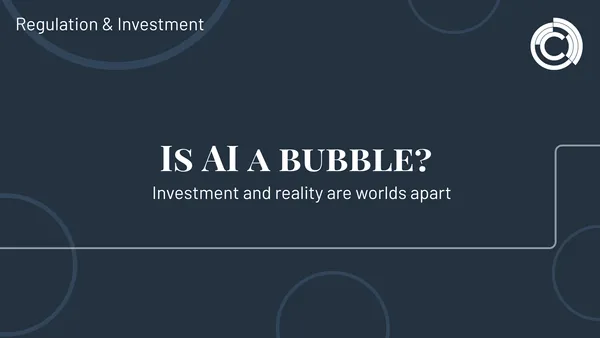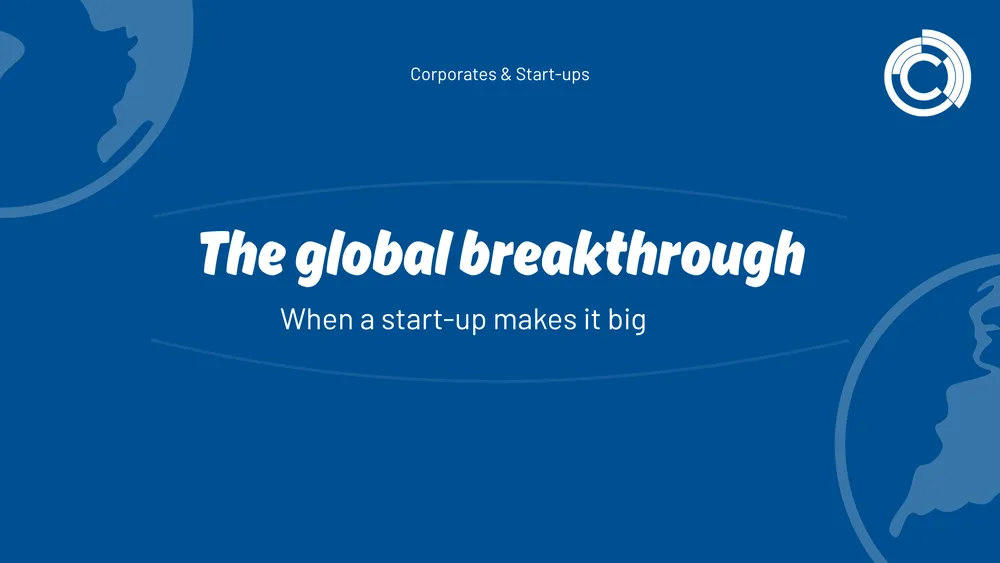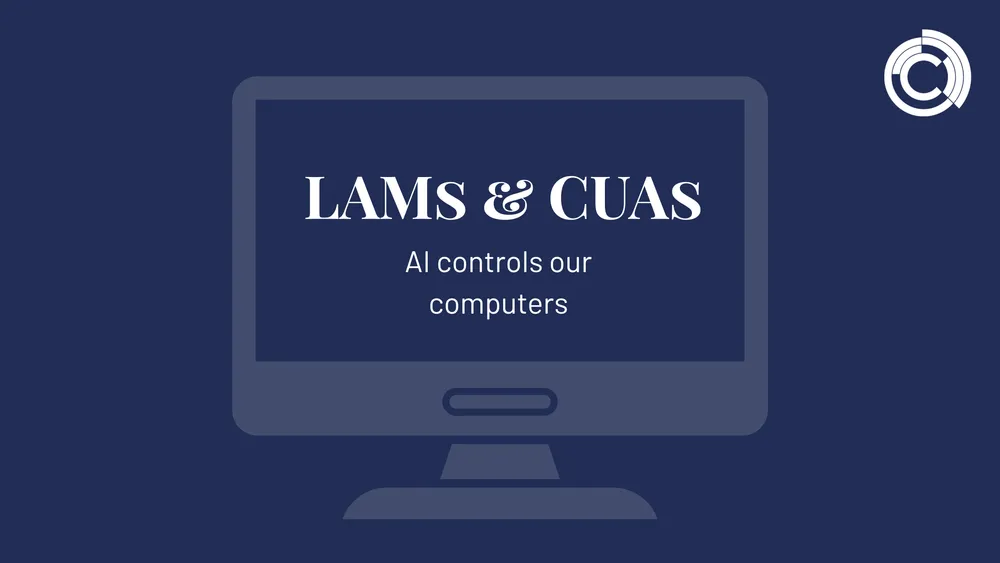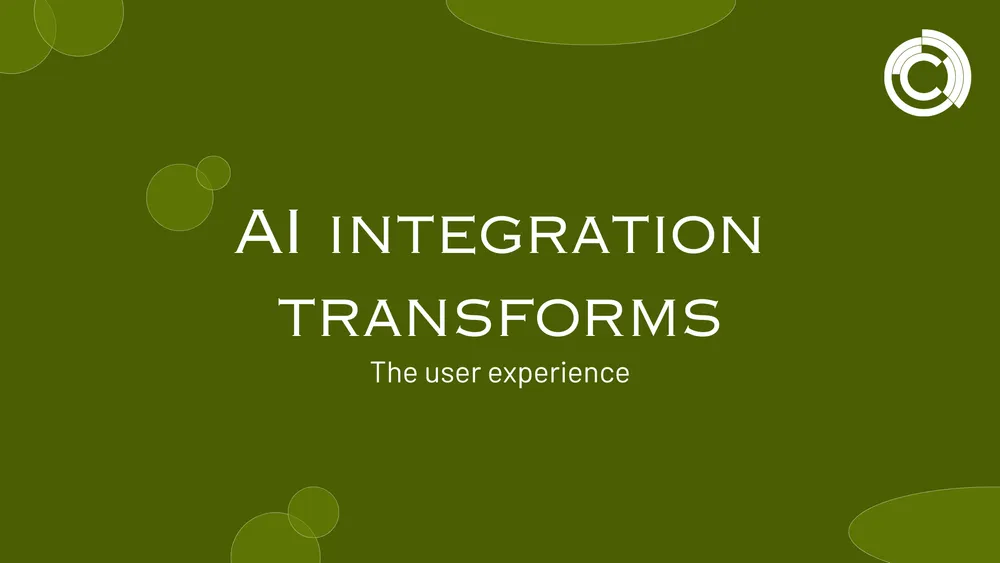
CCNet
Sep 8, 2025 • 3 min read

Is AI a bubble? Investment and reality are worlds apart
Artificial intelligence is considered the growth engine of the coming decade. Billions are being poured into new models, start-ups, and infrastructure. But in 2025, a growing contradiction is becoming apparent: while investments are skyrocketing, the concrete economic benefits of many AI applications are falling short of expectations. This brings back memories of past technology bubbles – and forces companies to critically review their strategies.
Billions invested without immediate returns
Venture capitalists and tech companies are currently investing sums that were previously unimaginable. Individual projects are swallowing up hundreds of billions of dollars. For companies and investors, this means growth at any price. But on the user side, the picture is different: many companies are struggling to use AI profitably. The reasons for this are poor data quality, insufficient expertise in dealing with AI, a lack of strategic concepts, and inadequate integration into existing processes.
When expectations and reality drift apart
In practice, numerous companies are experimenting with AI but are not achieving sustainable productivity gains. The reality is more complex than the glossy presentations of the providers promise. AI requires not only technology, but also data management, change management, and strategic leadership.
The risk: an AI bubble in which valuations and investments far outstrip actual returns. Similar to the dot-com bubble at the turn of the millennium, confidence in the technology could suffer if expectations are not met.
What this means for management
It is crucial for executives to distinguish between short-term hype and long-term potential. Companies should ask themselves three questions:
• Where is AI already generating real added value today? Examples include process automation, customer service, and data analysis.
• What investments are strategically necessary? Not every company needs a huge project right away – the key is the relevance to the use case and business model.
• What are the risks of overinvestment? Putting too much money into immature projects can tie up resources and weaken competitiveness.
Regulation as an additional factor
In Europe, the EU AI Act is intensifying this dynamic. Many companies are uncertain about the requirements they will have to meet in the future. For start-ups and smaller providers, this means additional hurdles, while large players with sufficient capital can overcome them more easily. For management, this means that regulatory risks must be taken into account in every investment decision.
Between bubble and sustainable growth
Despite all the skepticism, AI is not a fad. Its long-term potential is undisputed. Studies predict trillions in new value creation by 2030. But the question is, which companies will actually realize this value creation – and which will fail due to the hype.
For decision-makers, one thing is clear: success will come to those who strike a balance. Neither blind activism nor total restraint makes sense. What is needed is a realistic AI strategy that enables innovation while pursuing clear business cases.
Conclusion: Smart investments instead of blind hype
The danger of an AI bubble is real – but avoidable. Companies that now soberly analyze where AI creates real added value and do not allow themselves to be guided by exaggerated promises will benefit in the long term. The trick is to understand the technology as a tool – not as an end in itself. Those who pursue this approach can use AI in a targeted manner instead of getting lost in the investment spiral.
FAQ about AI Trends
What creates the impression of an AI bubble?
High investments meet low practical benefits.
What problems do companies face during implementation?
Lack of data quality, expertise, and integration.
What lessons can be learned from the dot-com bubble?
Blind investment without clear business cases leads to a loss of trust.
What questions should decision-makers ask?
Where does AI add value today, which investments make sense, and what are the risks?
What role does regulation play?
The AI Act makes investment even more difficult, especially for start-ups.
Is AI just a short-term hype?
No, the long-term potential is enormous – the key is to use it correctly.


